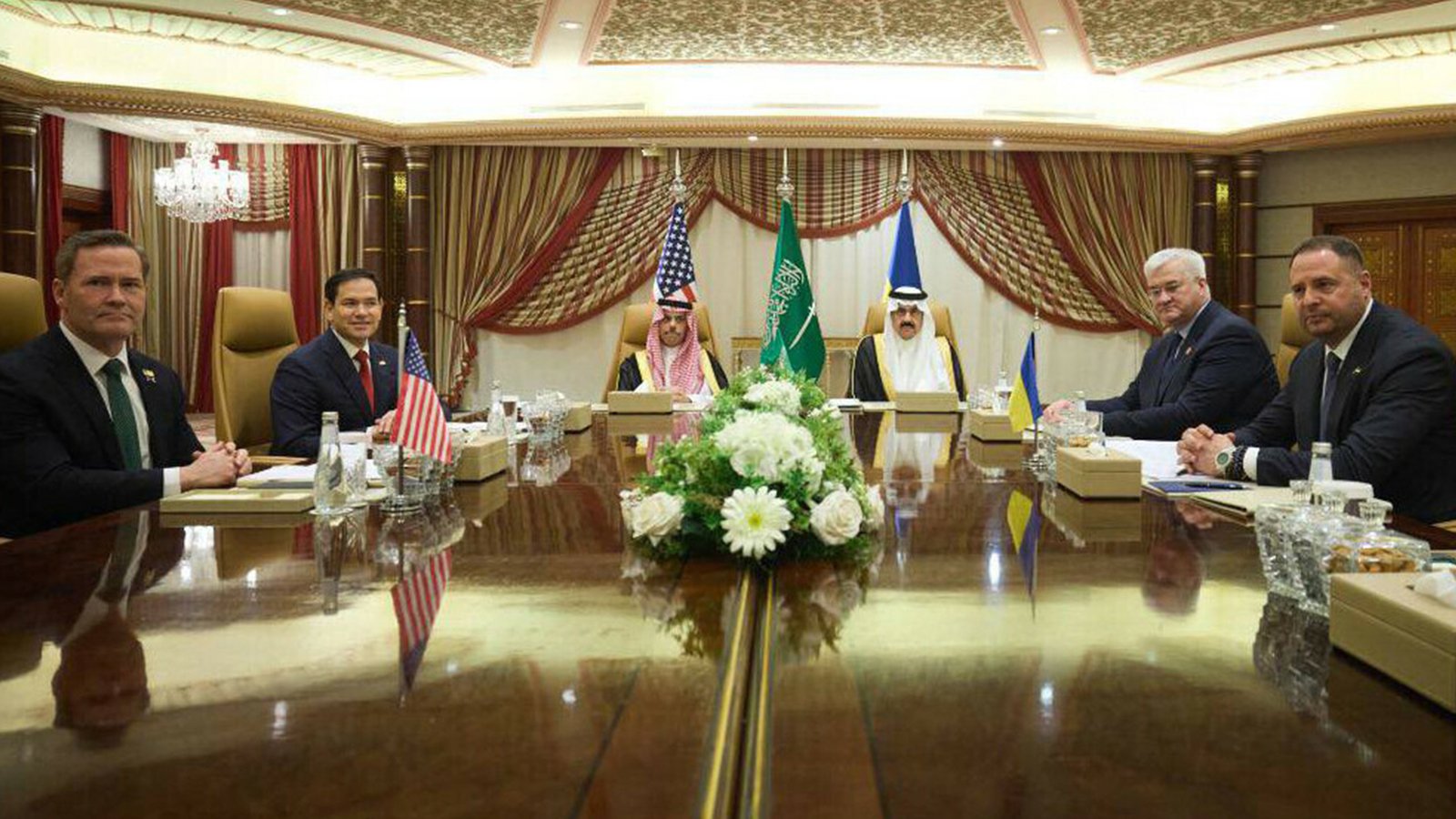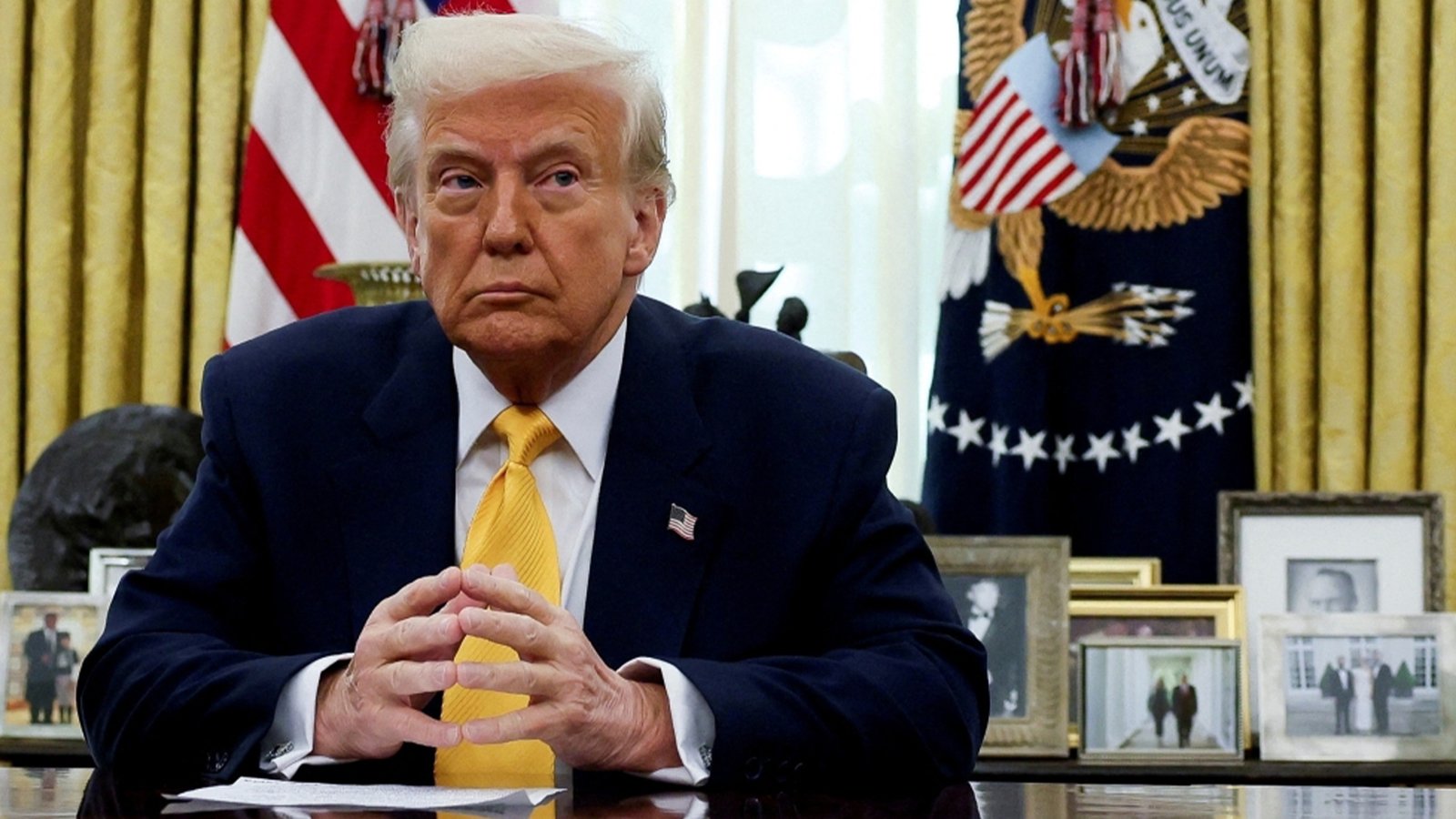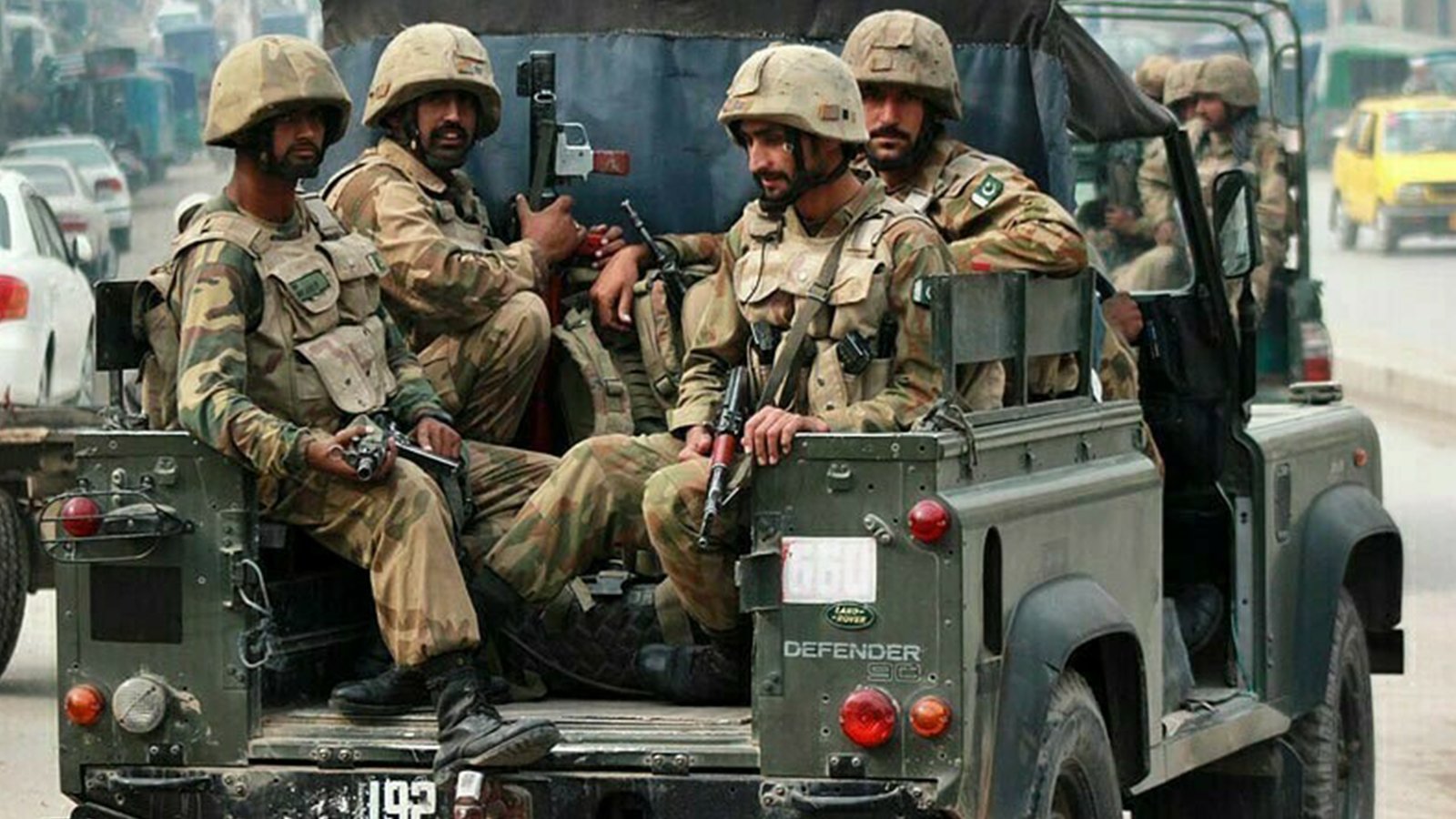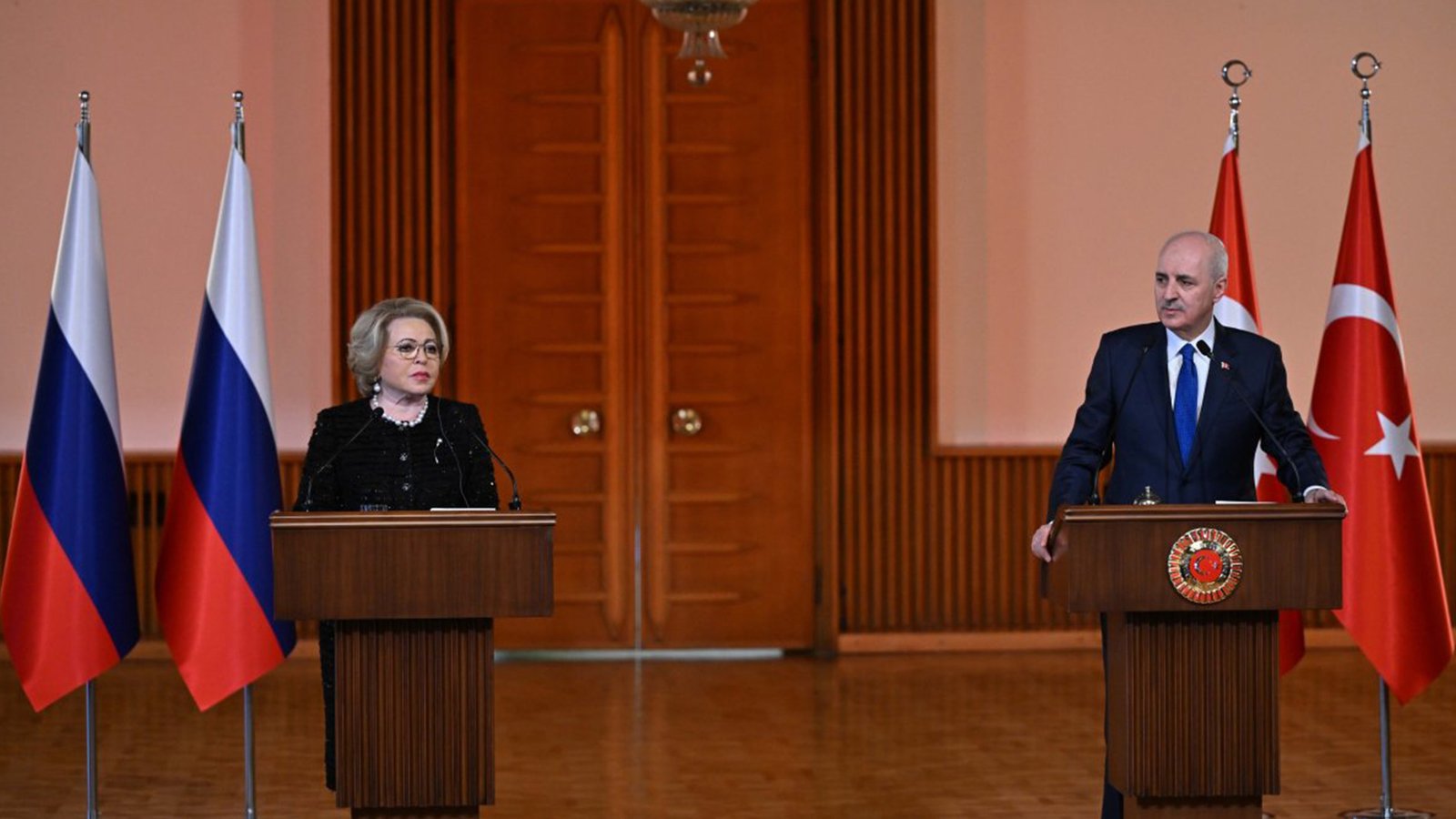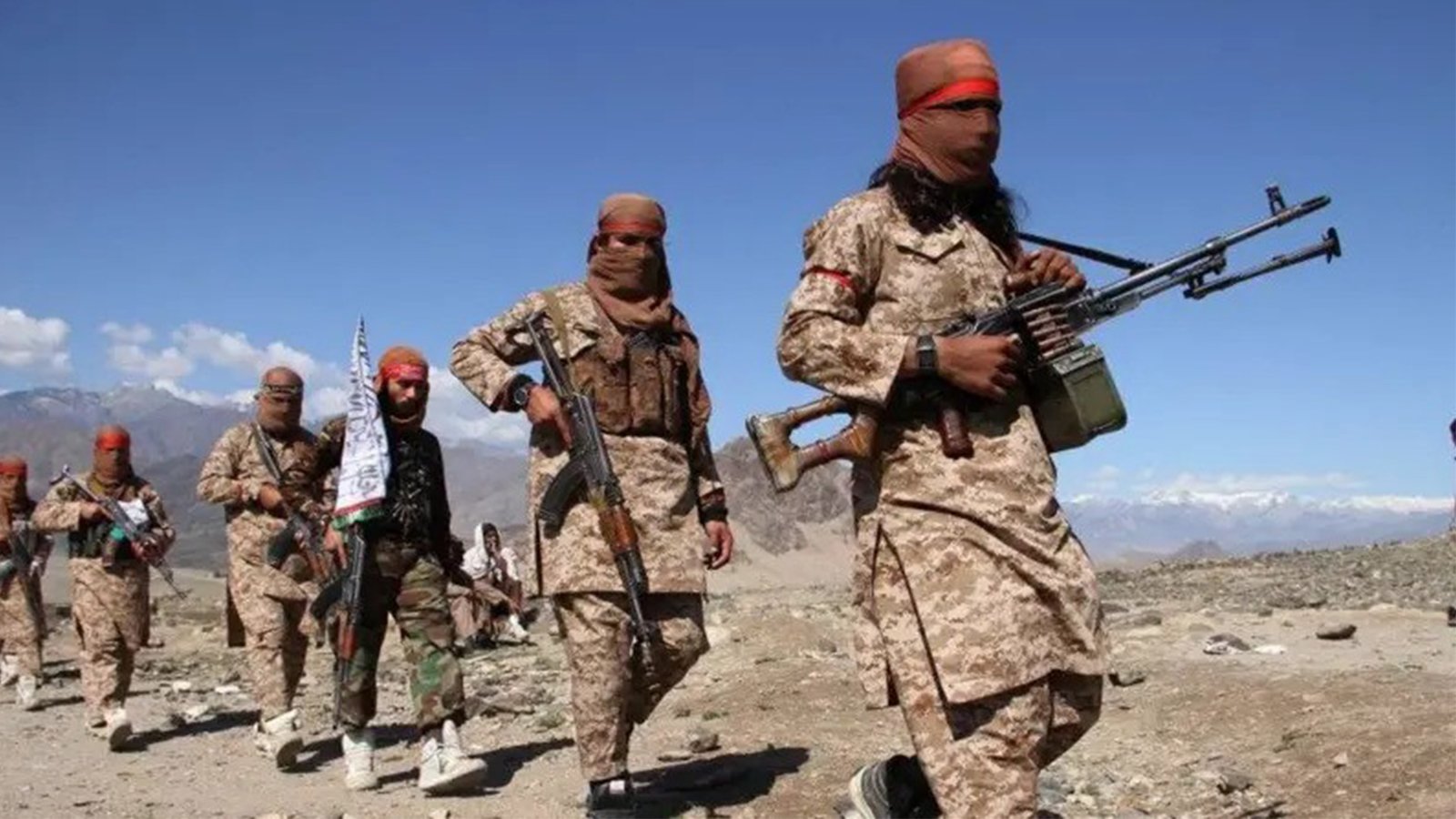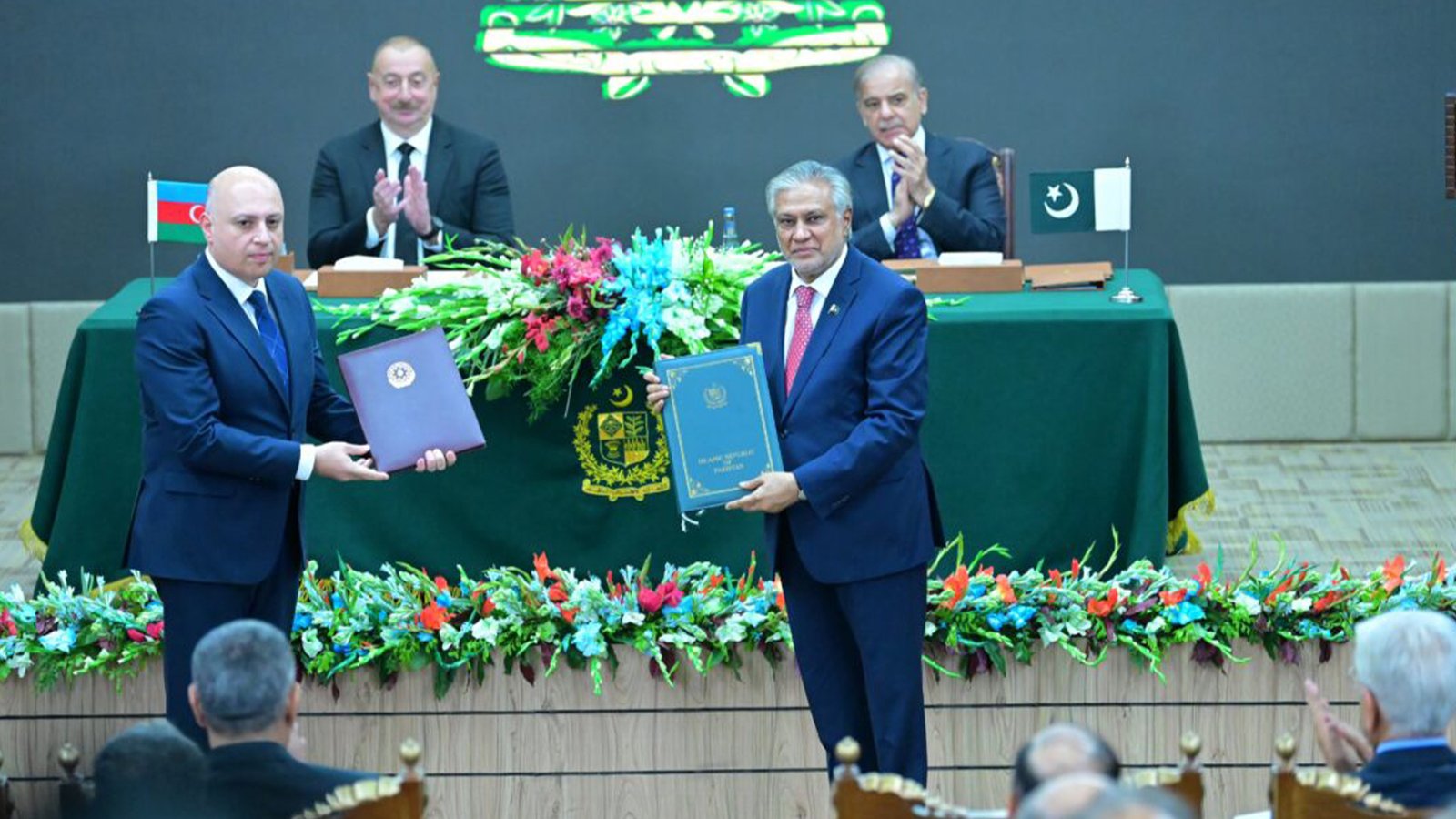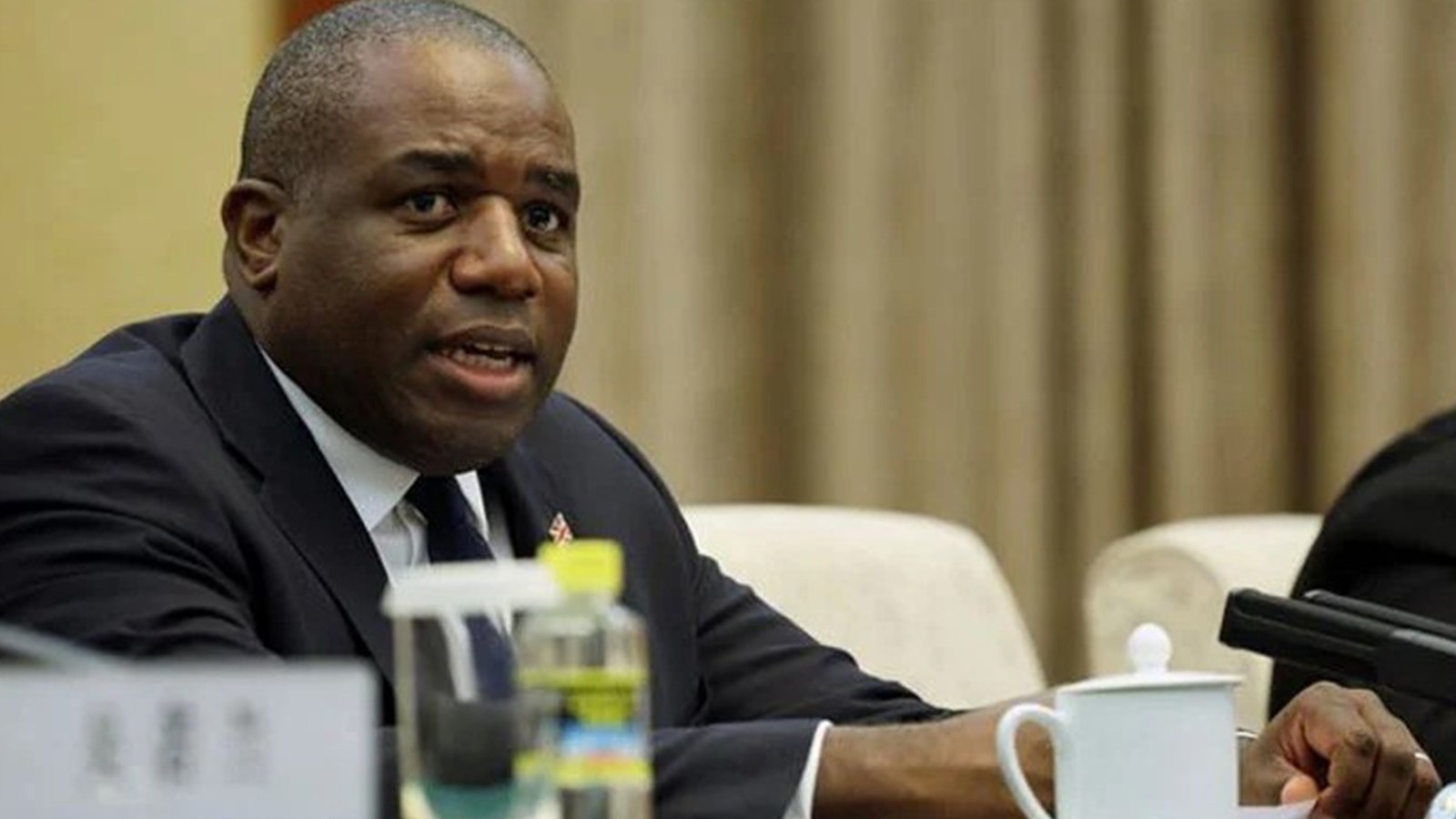History of IAEA Inspections of Pakistan’s Nuclear Assets and Program
The IAEA has a long-standing history of conducting inspections and assessments of Pakistan’s nuclear program to ensure compliance with international safeguards and non-proliferation standards. This includes a comprehensive history of IAEA inspections of Pakistan’s nuclear assets and program, which have been instrumental in maintaining transparency and accountability in the country’s nuclear activities.
Here is a timeline of some notable visits and assessments:
- 2005: IAEA Director-General Dr. Mohamed ElBaradei visited Pakistan and met with President Pervez Musharraf and other senior officials to discuss Pakistan’s nuclear program and efforts to enhance nuclear safety and security.
- 2008: The IAEA conducted a review of Pakistan’s nuclear security and safety practices. The IAEA team visited several nuclear facilities in Pakistan and assessed the country’s measures to prevent the theft or misuse of nuclear materials. The IAEA praised Pakistan’s efforts to enhance its nuclear security and safety measures.
- 2011: The IAEA conducted a follow-up visit to Pakistan to assess the country’s progress in implementing the recommendations from the 2008 review. The IAEA team reported that Pakistan had made significant progress in enhancing its nuclear security and safety practices, but also identified some areas where further improvements could be made.
- 2014: The IAEA conducted a safety review of the Karachi Nuclear Power Plant (KANUPP), Pakistan’s oldest nuclear power plant. The IAEA team found that the plant’s safety measures were generally consistent with international safety standards, but recommended some upgrades to the plant’s emergency response procedures.
- 2020: The IAEA conducted a Physical Inventory Verification (PIV) at the Pakistan Institute of Nuclear Science and Technology (PINSTECH), a nuclear research facility located near Islamabad. The PIV is a verification process to confirm the amount and location of declared nuclear material. The IAEA team confirmed that the nuclear material at PINSTECH was consistent with Pakistan’s declarations to the IAEA.
Read this: IAEA Director General Visits Pakistan to Enhance Nuclear Science Collaboration
In addition to these assessments, the IAEA also conducts regular inspections of Pakistan’s nuclear facilities as part of its Safeguards Agreement with Pakistan, which aims to ensure that nuclear materials and facilities in Pakistan are used only for peaceful purposes and not for the development of nuclear weapons. The IAEA has praised Pakistan’s cooperation with its inspections and efforts to enhance nuclear safety and security.
Stay connected with us for the latest updates. Follow us on Facebook and Twitter.


